Neuroscience of Alcohol
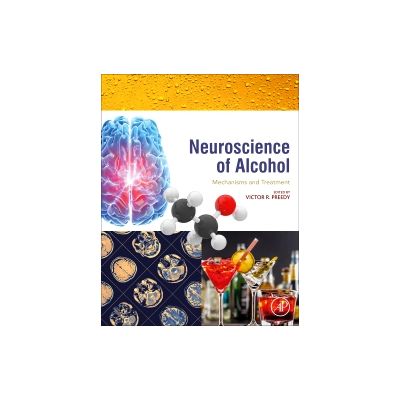
DESCRIPTION
Neuroscience of Alcohol: Mechanisms and Treatment presents the fundamental information necessary for a thorough understanding of the neurobiological underpinnings of alcohol addiction and its effects on the brain. Offering thorough coverage of all aspects of alcohol research, treatment and prevention, and containing contributions from internationally recognized experts, the book provides students, early-career researchers, and investigators at all levels with a fundamental introduction to all aspects of alcohol misuse.
Alcohol is one of the world’s most common addictive substances, with about two billion individuals worldwide consuming it in one form or another and three million annual deaths that are associated with alcohol misuse. Alcohol alters a variety of neurological processes, from molecular biology, to cognition. Moreover, addiction to alcohol can lead to numerous other health concerns and damage virtually every organ system in the body, making diagnosis and treatment of individuals addicted to alcohol of critical importance.
Key Features
- Integrates cutting-edge research on the pharmacological, cellular and molecular aspects of alcohol use, along with its effects on neurobiological function
- Discusses alcohol use as a component of dual-use and poly addictions
- Outlines numerous screening and treatment strategies for alcohol misuse
- Covers both the physical and psychological effects of alcohol use and withdrawals to provide a fully-formed view of alcohol dependency and its effects
Table of Contents
Part 1: General Aspects of Alcohol Usage and Addiction
1. General aspects: Significance, statistics, definitions, epidemiology, diagnostic criteria, and geographical distribution
2. Changes in alcohol use in adolescents
3. Alcohol usage in college
4. Alcohol consumption in old age
5. Alcohol and premature ageing: the example of dementia
6. Self-medication with alcohol
7. Alcohol consumption in different ethnic groups
8. Alcohol Consumption and gender
9. Acetaldehyde and neuroscience
Part 2: Effects of Alcohol on Neurobiological Function
10. Alcohol and cortical spreading depression
11. Alcohol and hypothalamic neuropeptide signalling
12. Prenatal alcohol exposure developmental abnormalities in the brain
13. Glycine and alcohol-induced neurodegeneration
14. Proton magnetic resonance spectroscopy (1H-MRS), glutamate and cravings for alcohol
Part 3: Psychology, Behavior and Addiction
15. Stress and alcohol consumption
16. Alcohol and appetite
17. Alcohol and memory decline
18. Occipito-temporal sensitivity to emotional faces in alcoholism
19. Violence and alcohol
20. Alcohol and visual and verbal learning deficits
21. Maternal separation stress and fetal spectrum alcohol disorder
22. Eating behaviors and fetal spectrum alcohol disorder
23. Functional MRI (fMRI) and reward processing and inhibitory control in alcoholism
24. Reward processing in offspring of alcoholics
25. Inhibitory control in social drinkers
Part 4: Pharmacology and Neuropharmacology
26. Cannabinoid CB1 receptor and alcohol
27. Peroxisome proliferator-activated receptor alpha (PPAR) agonists and alcohol
28. Neuropeptide S and alcohol
29. Neuropeptide Y and alcohol
30. kappa opioid receptors and alcohol
31. mu-opioid receptor and alcohol
32. The rostromedial tegmental nucleus and alcohol
33. Cortisol and alcohol
34. Promising systems for the treatment of alcohol use disorders
Part 5: Withdrawal, Craving in Misuse and Addiction
35. Medications and alcohol withdrawal syndrome
36. The striatum and alcohol withdrawal
37. Implicated brain areas in withdrawal
38. Assessment of withdrawal symptomology
39. Mechanism of propofol’s activity in alcohol withdrawal syndrome
40. Alcohol and stress pathways in relation to craving
41. The craving beliefs questionnaire (CBQ) and alcohol craving measures
42. Alcohol and anxiety in withdrawal
43. Mood and alcohol in craving
44. Emotional stability and alcohol
Part 6: Alcohol as a Component of Dual-Use and Poly Addictions
45. Alcohol and psychotropic drugs
46. Alcohol and caffeine
47. Alcohol and nicotine
48. Alcohol and cannabinoids
49. Alcohol and cocaine
50. Alcohol and methamphetamine
51. Alcohol and heroin
52. Alcohol, acetaldehyde and dopamine
Part 7: Cellular Effects and Molecular Biology of Alcohol
53. Alcohol use disorders and ADH1B
54. Alcohol and aldehyde dehydrogenase 2 (ALDH2)
55. Alcohol and mGluR2/3 signalling
56. Neurological tissues in alcohol misusers, metabolomics and neurotransmitters
57. Glutamate transporter 1 isoforms and alcohol consumption
58. Alcohol and molecular aspects of the glutamate reward neurocircuitry
59. Acetaldehyde in the brain after alcohol exposure
60. Alcohol-induced neuroinflammation
Part 8: Screening and Markers in Relation to Misuse and Addiction
61. Screening for alcohol misuse in disease: the focus on HIV
62. Screening for underage alcohol drinking
63. The Alcohol Use Disorders Identification Test (AUDIT)
64. Self-reported screening of alcohol misuse
65. Alcohol screening in trauma centers
66. Biomarkers of alcohol misuse
67. Pregnancy, Meconium ethyl glucuronide (EtG) as a biomarker for alcohol use
Part 9: Treatments and Strategies for Alcohol Addiction
68. Use of benzodiazepines in alcohol withdrawal
69. Novel medications and use of genetic models for alcohol treatments
70. Alcoholism and psychosocial predictors of relapse
71. Negative emotions and alcohol use disorder treatment
72. Alcohol misuse and motivation-enhancing treatments
73. Cognitive training in Veterans with Alcohol Use Disorders
74. Family-based prevention of alcohol misuse
75. Couples-based substance abuse treatment in relation to alcohol
76. Barriers for treating alcohol related problems
Book categories
-Special order
-Publishers
-Promo
-Callisto Publications
-New books
-Promotions
-- 661,50 leiMRP: 735,00 lei
- 1260,00 leiMRP: 1575,00 lei
- 519,75 leiMRP: 577,50 lei


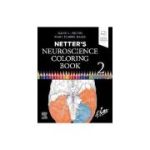
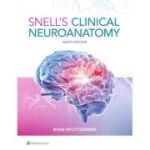
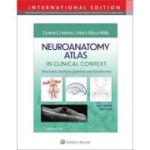




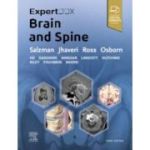


OUR VISITORS OPINIONS